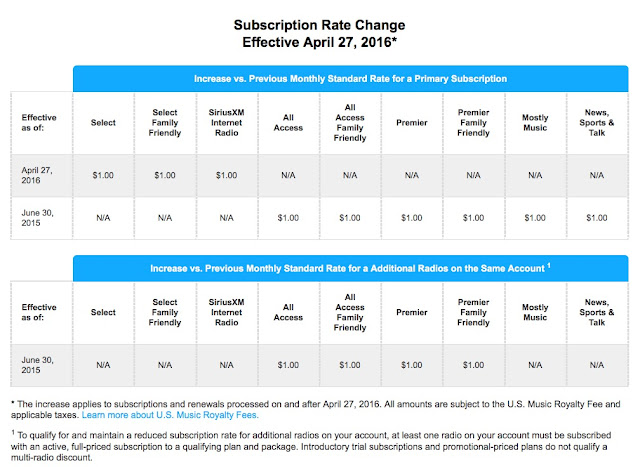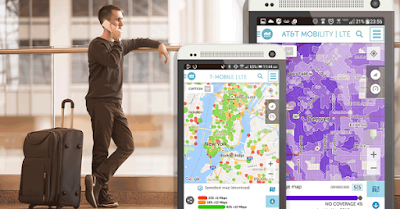New Weather App Can Spread Urgent Alerts Even When Cell Networks Are Down.
Having a wealth of up-to-the-minute climate data at our fingertips is something most of us take for granted. Thanks to a reliable cell connection, our smartphones, and the work of hundreds of meteorologists and climatologists around the globe, keeping abreast of an incoming storm isn’t so much a matter of how, but how quickly. Unfortunately, though, that isn’t the case for everyone.
In developing countries, cellular connectivity is congested, intermittent, and in the worst cases inaccessible. That’s why IBM, in collaboration with developers at The Weather Company, introduced Mesh Network Alerts, a new technology that provides a peer-to-peer means of facilitating communications between residents of underserved nations.
Mesh Network Alerts work by linking mobile devices directly to one another, daisy-chaining handsets in a sort of node network. Using a combination of Bluetooth and Wi-Fi, each connected smartphone stores and propagates messages to devices within a 300- to 500-foot radius, creating a mesh that can effectively reach more devices. Read more














